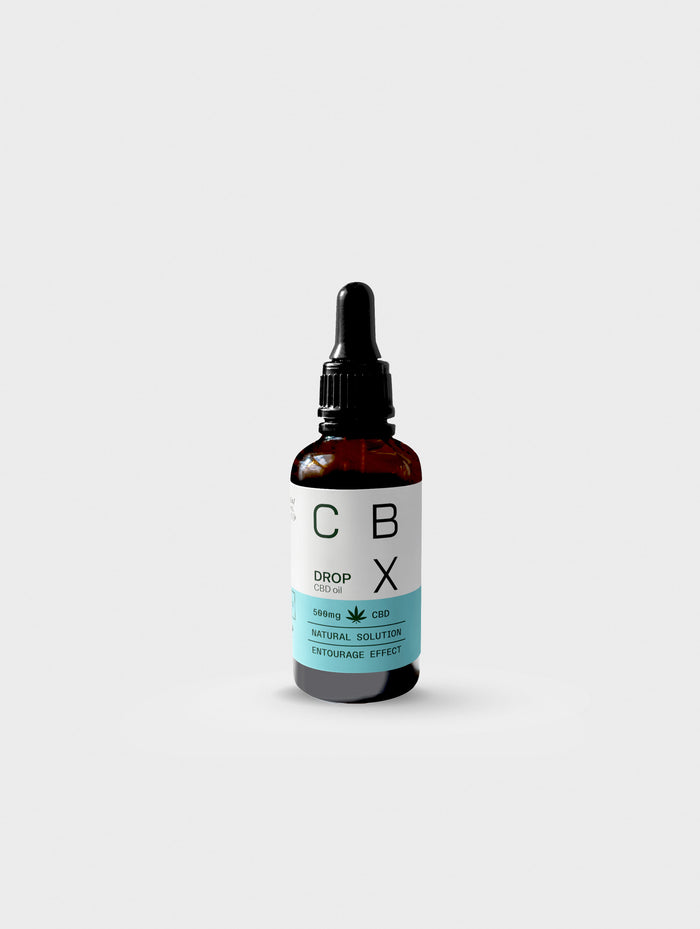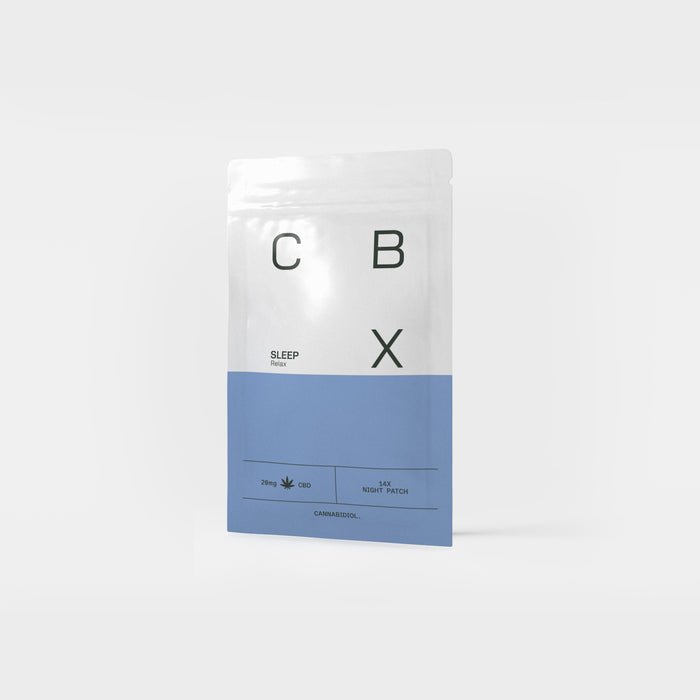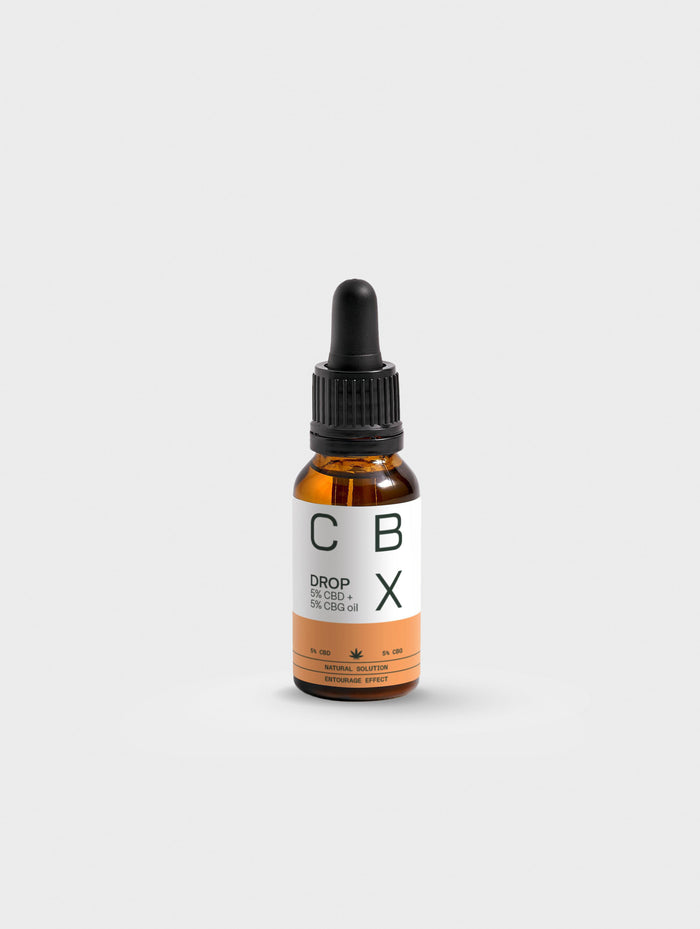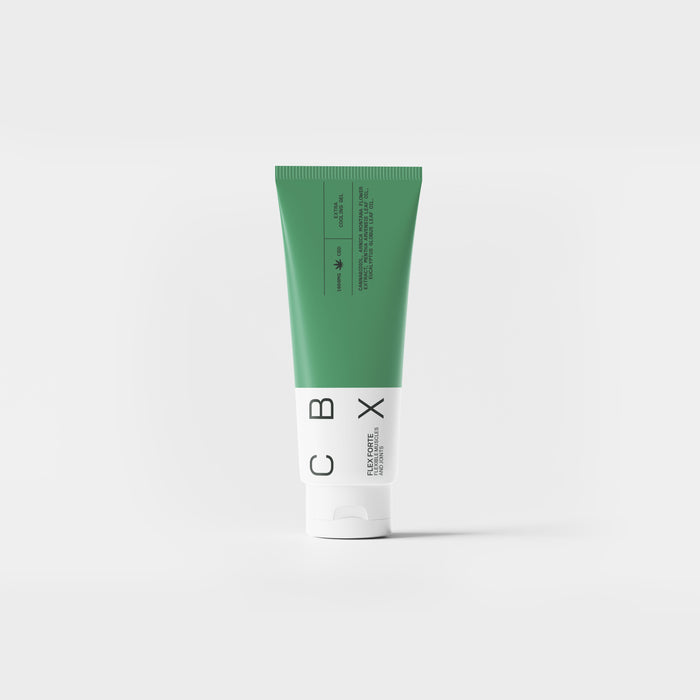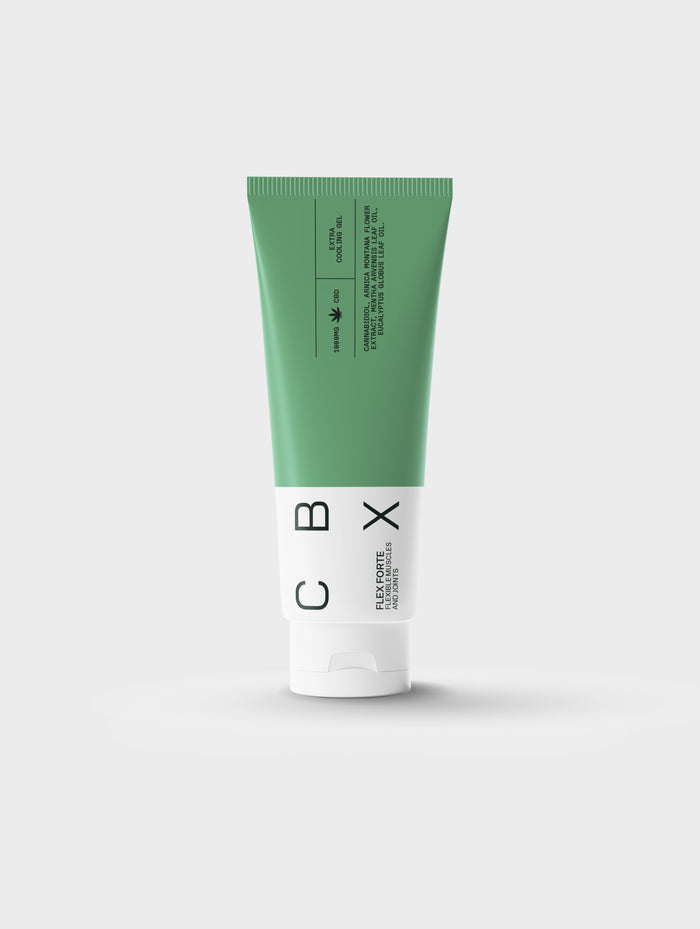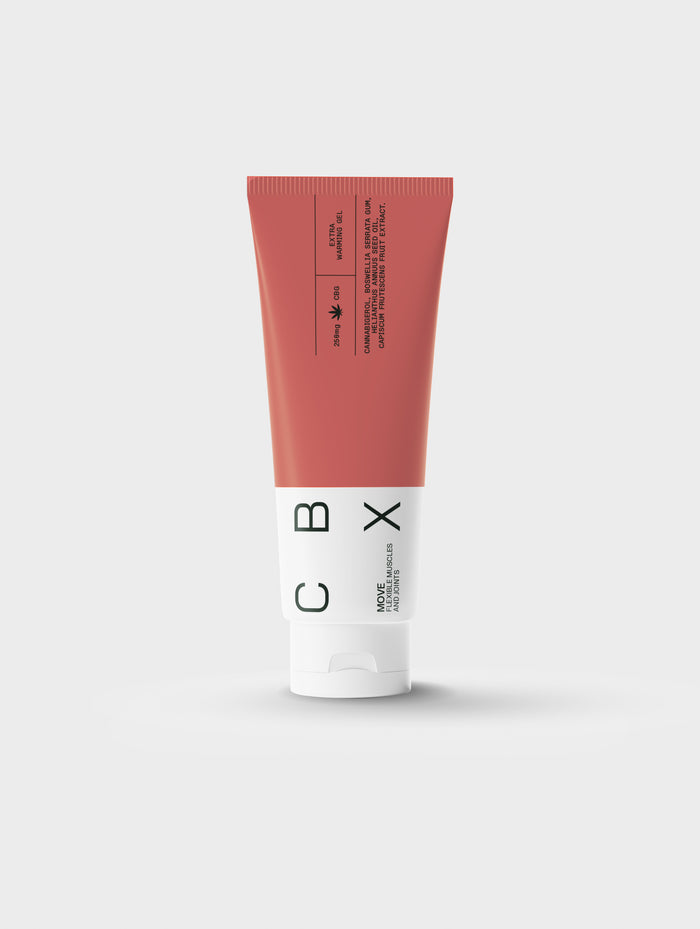Chronic pain can really interfere with daily well-being. It is in fact responsible for physical discomfort which, in turn, can contribute to the development of certain psychological reactions. At the most basic level, these include fatigue, insomnia and anxiety. It can even become disabling, thus preventing the execution of basic daily activities. However, it is a multifactorial problem, which sometimes complicates diagnosis and treatment. So, when do we talk about “chronic pain”? What are the possible causes of its origin? What to do to relieve it? And above all how to prevent it? Response elements.
What is pain?
Pain is primarily a term that describes an uncomfortable sensation in a particular area of the body. It results from the increase in the number of nerve impulses which modifies the body's perception of harmful stimulation. This reaction is part of the primary defense system of the human being. Its main function remains indeed to prevent the brain from lesion, inflammation or any injury.
The perception of this varies from one individual to another, but also depending on all the other available information stored in the brain based on previous experiences. Psychological and social factors can also influence how each person feels about pain. Likewise, it can take several forms, ranging from a simple tingling to an intense burning sensation.
In all cases, it is qualified as “sensory” if it is possible to determine its location and intensity precisely. If this is not the case, then the pain is described as “emotional”.
How is pain caused or felt in our body?
The nervous system is responsible for coordinating the body's responses with the external environment. Thus, it also comes into play in the perception and reception of pain. In reality, this complex network consists of two different parts:
- The central nervous system (made up of the brain and spinal cord);
- The peripheral nervous system (formed by the ganglia and nerves located outside the brain).
In the event of injury or inflammation, sensory nerves send a message in the form of an electrical signal to the brain to warn it of an external attack. Sensory neurons also produce different chemical responses depending on the stimulus. They then determine how sensations are interpreted. Some of them send signals associated with light touch, while others respond to deep pressure. During strong intensity stimulation, it is the nociceptors (receptors responsible for transmitting a pain signal) which are activated. We once again distinguish three categories:
- Mechanical nociceptors (sensitive to distortion of the skin);
- Thermoreceptors (detectors of variations in skin temperature);
- Polymodal nociceptors (vulnerable to mechanical, chemical and temperature effects).
The perception of pain as well as the sensation felt then depends on the sensory nerves activated. However, this phenomenon is also subjective and individual. This means that the intensity of pain will not be felt the same way from one individual to another.
For good reason, the pain signal that arrives at the brain is routed to the thalamus. This will activate certain areas of the cerebral cortex to be able to interpret pain. In turn, the cerebral cortex compares this sensation to other types of pain with which it is familiar. He therefore draws on memories, which means that the intensity of the pain is increased tenfold, at least his perception. A child who has had an unpleasant experience at the dentist may, for example, perceive pain without any apparent injury, just by seeing the dentist.
Signals are also sent to the limbic system which is the source of emotions. It also participates in functions related to survival. This is particularly why when pain occurs, the person may cry and/or see their heart rate accelerate.
What is chronic pain?
The term “chronic pain” is used to define persistent, recurring pain that continues even after the injury or inflammation that caused the painful physical sensation has disappeared. The adjective “chronic” can thus only be used if the discomfort remains beyond the evolution of the causal pathology; that is to say for a period of more than three months (one month for acute tissue damage). This is mainly because nociceptors continue to send pain signals to the brain for weeks, months, or even years after the triggering event.
Regardless, chronic pain usually occurs after:
- A wound ;
- An accident ;
- A surgical intervention ;
- Spinal trauma;
- Inflammation or damage to peripheral nerves;
- An uncontrolled chronic illness (osteoarthritis, herniated disc, sciatica, lower back pain, chronic tendinitis, rheumatoid arthritis, etc.);
- A cancerous disease.
Among the most common chronic pains, we can also find:
- Fibromyalgia;
- Back pain;
- Neck pain;
- Headache ;
- Rheumatism;
- Joint disorders (arthritis, osteoarthritis);
- Muscle pain;
- Pelvic pain (in women).
Besides the physical discomfort itself, other symptoms of chronic pain may also include (but are not limited to):
- Tiredness ;
- Mood swings;
- Irritability;
- Depression and anxiety;
- Insomnia;
- Eating disorders;
- Difficulty concentrating.
Furthermore, we must also distinguish chronic pain from acute pain, which disappears after treatment of the causal pathology. It is short-lived and its origin can be precisely distinguished. However, it remains particularly intense and can even become temporarily disabling.
What products/techniques are available to soothe chronic pain?
A medical diagnosis is necessary first of all to identify the cause of chronic pain, but also to rule out the hypothesis of conscious exaggeration of symptoms for the benefit of any secondary benefit. This first consultation also makes it possible to determine any underlying diseases causing the chronic pain. In some cases, the history is followed by other more in-depth examinations such as magnetic resonance imaging (MRI).
Obviously, this medical examination is also necessary to define an adequate treatment. There are different possible methods to do this.
Drug treatment
As a general rule, sedatives (analgesics) are preferred in the treatment of chronic pain. Most of the time, it is:
- Solution against NSAIDs (non-steroidal anti-inflammatory drugs) like ibuprofen and naproxen;
- Acetaminophen (analgesic and antipyretic);
- Adjuvant analgesics (antidepressants, anticonvulsants, local anesthetic).
Although opiate analgesics can also be useful in relieving chronic pain, the side effects can be numerous (excessive drowsiness, dizziness, headaches, loss of appetite, etc.). Misuse also exposes you to physical and psychological dependence.
Physical and psychological therapies
Other less invasive methods can also be used to relieve chronic pain. The most popular alternative therapies include, among others:
- Cognitive therapies;
- Behavioral therapies;
- Integrative medicine techniques (including acupuncture, meditation, mindfulness, tai chi, massage therapy, reiki);
- Physical and emotional support methods (notably physiotherapy and occupational therapy);
- Psychological treatments (such as hypnosis, biofeedback or even targeted therapies).
How to prevent chronic pain?
Chronic pain prevention essentially involves taking care of your health. It is also essential to scrupulously follow the doctor's instructions so that acute pain does not become chronic.
Although it is not always easy to consciously avoid pain, adopting a healthy lifestyle remains beneficial in all cases. A balanced diet (rich in vitamin D, but also in fruits and vegetables) is particularly recommended. Likewise, regular sporting activity constitutes an important element of treatment since it contributes to improving mental well-being. As emotional resentment can impact pain perception, it may actually be helpful to divert attention through a more enjoyable exercise. This at the same time helps control stress, anxiety and depressed mood which can be consequences of chronic pain.
In addition to avoiding risk factors (sustained actions and efforts for example), it is also recommended to improve the daily environment. In particular, it can prove counterproductive to constantly question the patient about their condition in order not to stress them further.






